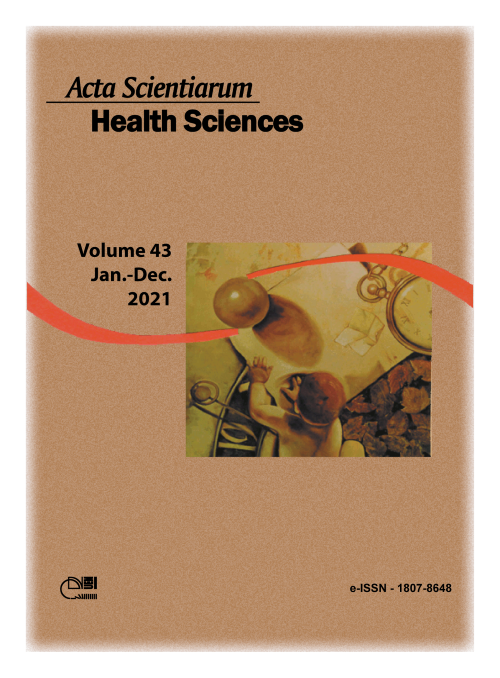Functional limitation on elderly people in the northeast and the feminization of eld in urban and rural areas of Brazil
Abstract
Population aging in Brazil increases on a large scale due to declining fertility and mortality. This phenomenon can be influenced by several factors (demographic, biological and social), making them determinants for the health conditions of the elderly populations residing in different geographic areas. The present study aims to identify the functional limitation in elderly residents of urban and rural areas of Brazil. This is a descriptive epidemiological study with a quantitative approach. It was evidenced that the functional limitation for activities of daily living and instrumental activities of daily living are concentrated in the northeast region, mainly in the urban area. The following states presented the highest proportions of daily life activity limitation in urban areas: Alagoas (11.60%), Rio Grande do Norte (10.95%), Pernambuco (10.36%) and Paraíba (9.62%). For activities of daily living in the rural area were found in the states of Paraíba (12.19%), Maranhão (8.93%), Piauí (8.85%) and then Pernambuco (7.24%). Data from the functional limitation for instrumental activities of daily living again highlighted the Northeast region, with the states of Rio Grande do Norte (26.01%), Paraíba (25.96%), Maranhão (25.72%) and Alagoas (24.57%). Lastly, it was verified that the elderly woman exhibits greater proportions of functional limitation in relation to the elderly of the masculine sex, standing out again the northeastern region of the country.
Downloads
DECLARATION OF ORIGINALITY AND COPYRIGHTS
I Declare that current article is original and has not been submitted for publication, in part or in whole, to any other national or international journal.
The copyrights belong exclusively to the authors. Published content is licensed under Creative Commons Attribution 4.0 (CC BY 4.0) guidelines, which allows sharing (copy and distribution of the material in any medium or format) and adaptation (remix, transform, and build upon the material) for any purpose, even commercially, under the terms of attribution.
Read this link for further information on how to use CC BY 4.0 properly.























5.png)







